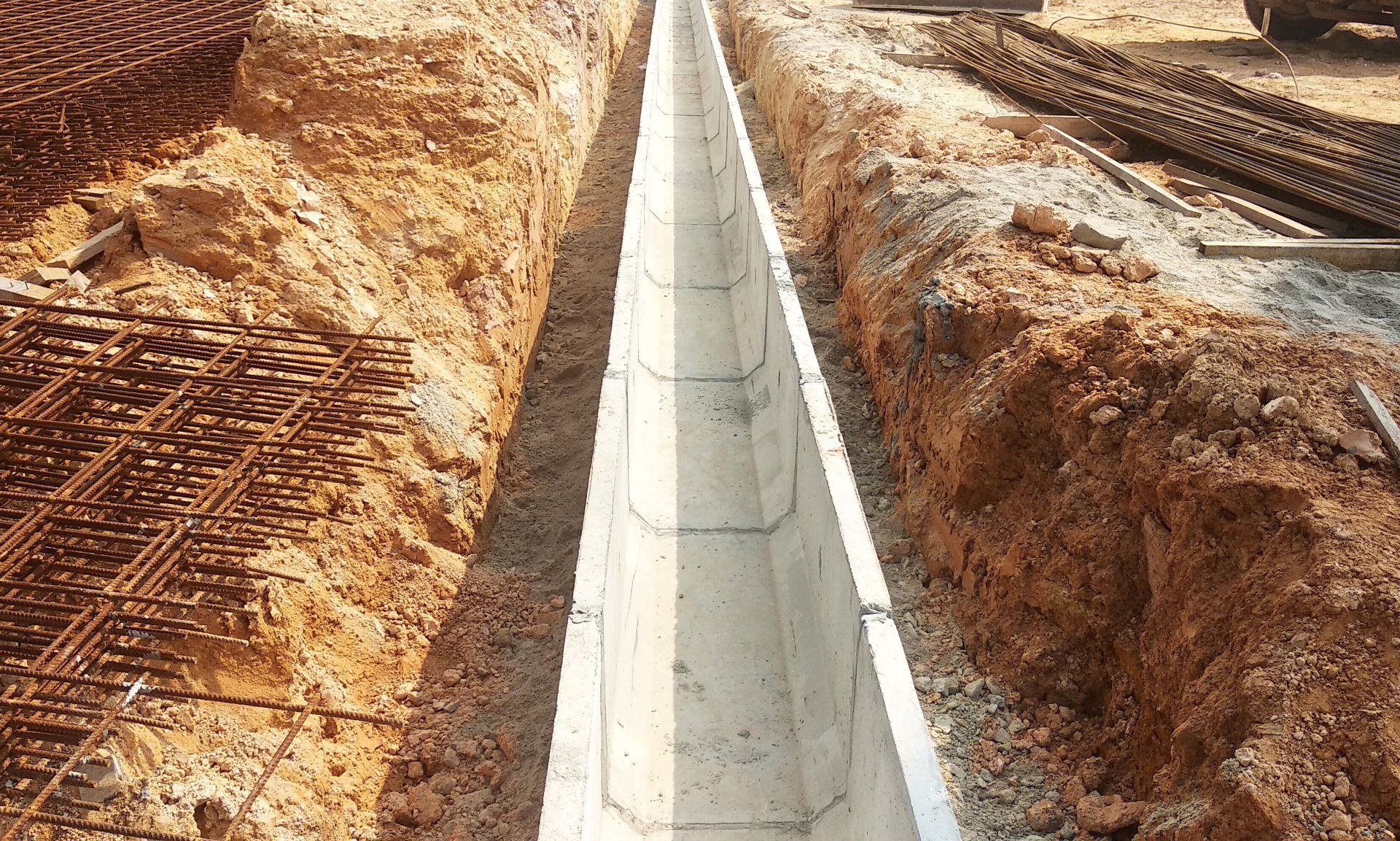Hydrologic & Hydraulic Analyses
Whether you're developing land or installing new infrastructure, hydrologic and hydraulic analyses will play a large role in your project's overall cost and schedule. Both analyses are necessary for the design of an effective drainage system. Regulatory agencies such as the California State Water Resources Control Board and the California Department of Fish and Wildlife may require these analyses before issuing a permit for a new drainage system. MC Civil Engineering has extensive experience producing both hydrologic and hydraulic analyses that facilitate drainage design and eventual permitting.
Hydrologic & Hydraulic Analyses Benefits
Hydrologic analysis to calculate expected surface runoff at a site and demonstrate no runoff increases after project development.
Hydraulic analysis to verify existing drainage infrastructure capacity or provide technical specifications for proposed infrastructure.
Formal report of both analyses to be used for permit application.
How it Works
Hydrologic analysis uses existing topography, soil types, land use, and rainfall data to quantify expected surface runoff at a specific site.
Hydraulic analysis uses the calculated flows from the hydrologic analysis to calculate the flows in existing or proposed ditches, inlets, and pipes.
Regulatory agencies may require a hydrologic analysis to verify that proposed structures designed via the hydraulic analysis do not result in runoff increases after development.
Application submittal (engineered plans, technical specifications, and reports) to regulatory agency for review, revision, and/or approval.

